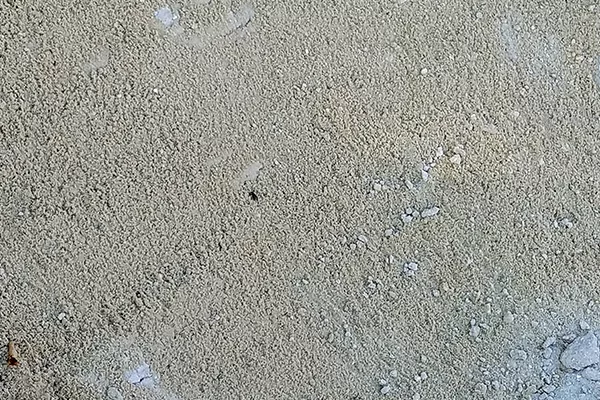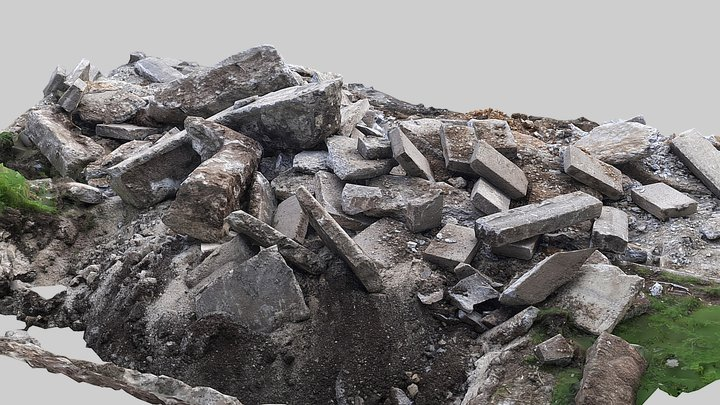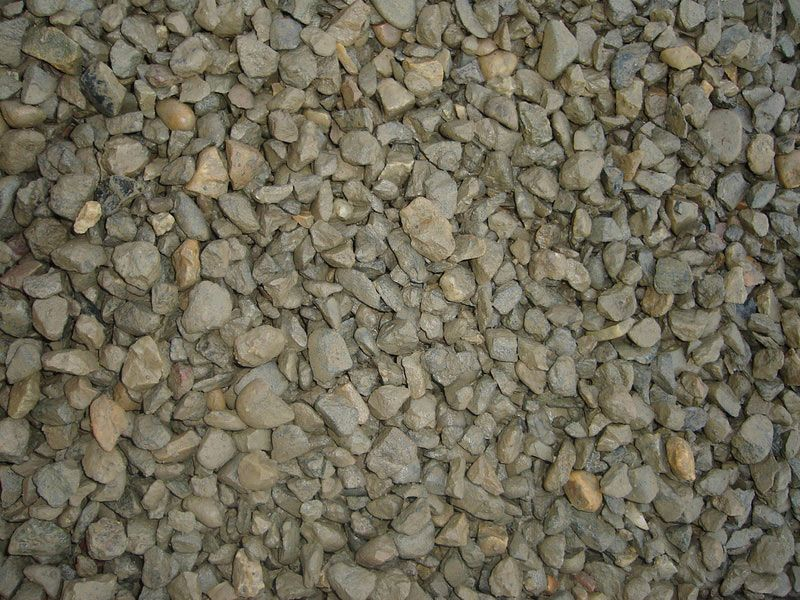How is the Global Construction Sand Market Evolving in 2026?
Sand. It's everywhere, isn't it?
Wrong, at least not the sort of sand that constructs our world.
By 2026, the world construction business will be confronted with something that nobody predicted: a monumental need for something as fundamental and as critical as "construction-grade sand". We're referring to "concrete sand", "gravel", and "crushed rock". Not beach sand. Not desert sand. The sort of sand that literally supports buildings, roads, and cities.
It may sound straightforward, but this market is nothing of the sort. What lies behind every sidewalk you step on, every apartment you reside in, and every highway you drive on is a whole world of sand, produced, analyzed, transported, and put down with care.
So what's going on with this seemingly invisible but totally essential stuff? Why is "construction sand" in the news in 2026?
Let's take it apart in simple English and get to why builders, suppliers, and cities are all keeping a very, very close eye on this market.

Why is Construction Sand So Significant?
You can't construct a lot without it.
"Concrete sand", "gravel", and "crushed rock" are the foundation of contemporary construction. These components are used in foundations, driveways, concrete slabs, retaining walls, roads, and so forth.
They aren't sexy, but without them, nothing is ever constructed.
And it's not a matter of having "some" sand. It has to be the correct type. The incorrect material can compromise buildings, collapse under load, or hold up whole projects. That's why the need for "high-spec, engineered aggregates" is increasing, and why the building sector is scrutinizing more than ever.
The Global Boom in 2026
This isn't a trivial trend. The "construction sand" market is booming, and here's why.
1. Urban Expansion Is Getting Out of Hand
Cities are growing rapidly all over the globe. Folks are moving in. Skyscrapers are being built. Roads are being paved. All of those projects require a firm foundation, and it begins with "gravel", "crushed rock", and "concrete sand".
If you're in the construction business, you already understand: regardless of how high you go, you still have to begin at ground zero. And today, the ground is sandy.
2. Green Building is the New Norm
Sustainability isn't an add-on anymore. It's a necessity.
Contractors, architects, and urban planners are calling for greener materials. But even in a greener world, you still require "durable, consistent sand and gravel" to make it happen. The twist now? Everyone's seeking cleaner, more intelligent means of accessing and utilizing it.
Consider recycled aggregates, low-emission mixing, and zero-waste facilities. But underneath it all is the same: "rock-solid materials".
3. Infrastructure is Having a Moment
From highways and airports to public housing and underground transit systems, governments are investing billions into infrastructure.
That means bulk orders of "crushed rock" and "concrete sand", not once, not twice, but all year long. Reliable supply matters more than ever, and smart suppliers like Western Materials are stepping up to meet the challenge.

The Shift in Supply: Where Is All This Sand Coming From?
Now here's the twist: we're short on the correct type of sand.
Yes, you read that correctly. Even though it's one of the most ubiquitous materials on the planet, "construction-grade sand" is becoming increasingly difficult to come by. Why?
Because not all sand is created equal. The soft, rounded material in deserts or on beaches? It won't set properly in concrete. What you want is "angular, coarse sand", typically mined from riverbeds or produced by grinding rock.
And today, in 2026:
- Much of those riverbeds are overused or ecologically protected
- Quarries are under tighter controls
- Transportation costs are increasing
- The supply chain is getting pinched
It's complicated math, but one that Western Materials has been doing for decades. By diversifying sources, investing in better logistics, and getting in front of demand, they're keeping projects on schedule throughout California.
What Builders Want in 2026
So what are builders, developers, and contractors really seeking these days? In a nutshell, it comes down to a couple of large things:
Consistent, High-Quality Material
Builders want to have an idea of what they're receiving, and that it will hold up to specs every time. Whether it's "concrete sand" for a slab pour or "crushed rock" for drainage, consistency makes all the difference.
One weak batch will upset a schedule. Two will run into thousands.
Speed and Reliability
Having the material isn't enough; you have to obtain it when you need it. In 2026, timing is everything when it comes to delivery. Construction deadlines are tighter than ever before, and downtime costs money.
Flexible, on-time delivery suppliers hold the key. That's why so many builders rely on partners like Western Materials to keep the wheels turning.
One Source for Everything
No one wants to run after five different suppliers. It's a waste of energy and time.
The trend is shifting toward "one-stop shops", suppliers who can offer everything from "pea gravel and decorative rock" to "crushed base and structural sand". It makes planning easier and enhances project flow.

Innovation in Materials: What's New?
Just because "sand and gravel" are old-hat materials doesn't mean they're ancient. The industry is becoming smarter, quickly.
Better Mixes, Less Waste
Modern concrete mixes are designed to accomplish more with less. By adjusting the mix of "concrete sand and aggregates", construction professionals can minimize waste, increase strength, and even reduce environmental footprints.
Recycling on the Upswing
Durable concrete and asphalt aren't headed for the dump anymore. They're ground down, screened, and reused as fill or base material. This reduces virgin material usage and gets projects to their green objectives.
Smarter Logistics
Today's suppliers employ technology to monitor orders, streamline routes, and keep customers informed. That translates into fewer delays, up-to-the-minute updates, and smoother jobs.
Leaders like Western Materials are at the forefront with more intelligent systems that keep the job site running smoothly.
How to Remain Competitive as a Builder or Contractor
Here's what it takes to remain competitive in the changing "construction sand" market:
- Partner smart. Work with suppliers who understand your needs, show up on time, and never take shortcuts. Think Western Materials.
- Anticipate delays. Budget for lead times and order your materials early.
- Understand your specs. Don't simply order "sand"; know precisely what your project requires.
- Go green when you can. Clients are interested in sustainability. Ask for recycled material and reduced-carbon mixes.
- Keep up to date. This business is evolving rapidly. The more you understand, the better you will be able to change.
Need Quality Sand and Gravel? Let's Get Started
You have projects to construct. We have the materials to construct with.
Western Materials provides high-quality "concrete sand", "gravel", and "crushed rock" throughout California. Whether you're constructing a small residential pad or a huge commercial foundation, we're here to provide what you need, when you need it.
Call us. Email us. Get a quote. Let's create something great.
Final Thoughts
The world "construction sand" market in 2026 is nothing less than a construction revolution.
Urban expansion, green building, infrastructure investment, it's all driving enormous demand for the simplest, most underappreciated material of them all: "sand".
But it's not about any sand at all. It's about having the proper sand. The proper gravel. The proper "crushed rock". Responsibly sourced. Timely delivery. Spec-approved and ready to work.
That's how you construct the future, with the proper materials and the proper partners. Western Materials is ready when you are.




.png)
.png)
.png)

.png)
.png)


